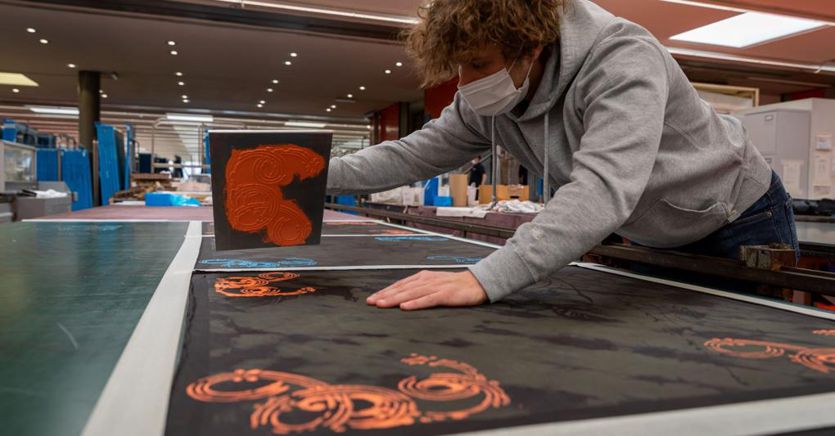The commitment of Ratti Group for social and environmental sustainability it has nothing to do with the recent rush to embrace all too mythicized green turns. Sergio Tamborini, CEO of the Como textile company listed on the Milan Stock Exchange, has set the medium and long-term vision precisely with a view to healthy and sustainable growth, as certified for many years by the ad hoc financial statements of Ratti, part of the Marzotto Group since 2010. Tamborini, who in the coming months will pick up the baton from Marino Vago as president of Sistema Moda Italia (Smi) has always been very clear about the importance of the textile supply chain.
Certified and supply chain sustainability
First, because it represents the foundations of the entire Italian fashion system. But there is a second aspect, perhaps even more important: sustainability is such only if it is part of the supply chain and certifiable, a topic on which Tamborini is also working with Claudio Marenzi, owner of Herno and currently at the helm of Pitti Immagine, as well as past president of Confindustria Moda.
Loading…
The Second Life project
«Ratti’s philosophy has always been built on the enhancement of artisanal and cultural resources, as well as on investments in sustainability, technology and research – explains Tamborini -. We must respond to the needs of a market that is increasingly asking for clarity and transparency. We have made the headquarters in Guanzate, near Como, a real arena experimentation between innovation and product: this is how the Second Life project was born, which is divided into three strands, which we called 2nd Life Fibers, 2nd Life Print and 2nd Life Hydro, focused respectively on the recycling of silk, on the upcycling of unsold garments and on the regeneration of garments born waterproof “.
The three “strands” of work
The first two projects can be defined as circular economy. 2nd Life Fibers transforms reused or recycled silk into an innovative insulator with excellent technical performance, useful for the sportswear and casualwear sectors, while 2nd Life Print it starts with unsold garments or items left in stock – in many companies destined for destruction – and transforms them with new prints or colors, even in collaboration with customers. The third is perhaps the most innovative, also from a technical point of view. «The way in which we have conceived and consumed clothing up to now is no longer sustainable – underlines Tamborini -. It is necessary to restore value to what you wear, transforming the used into a new resource. Thanks to the technical know-how, together with the research behind the two circular economy projects 2nd Life Fibers and 2nd Life Print and the field experience of two mountain guides, we arrived at 2nd Life Hydro“. The third strand of the Second Life strategy is an industrial process to restore the performance and water-repellent functionality of a garment, extending its life cycle and minimizing the environmental impact.
The agreement with Mantero Seta
Returning to the topic of the supply chain, at the end of April is the news of an agreement between Ratti and Mantero, who have entered the capital of Foto Azzurra, a company that has been working since 1989 in the composition, photocomposition and photoengraving of supports for screen printing applied to fabrics. The agreement will lead to greater solidity of Foto Azzurra, which will continue to offer its services to the market with a view to continuous updating and technological evolution. “We are convinced – explains Tamborini – that in this period there is a need to move from words to deeds, with concrete projects that are also an incentive for similar operations by other actors.” Along the same lines, Franco Mantero, CEO of Mantero Seta: «The square print has characterized the history of Mantero and Ratti, but without photoengraving there is no print in frame and without frame print, the Como textile district would not be the same ».
